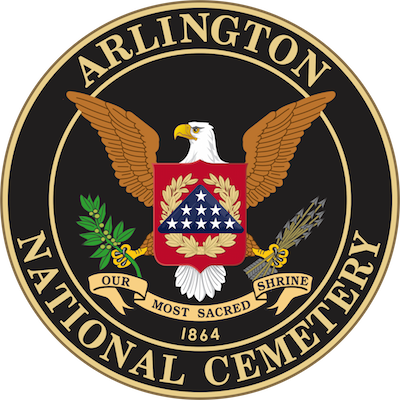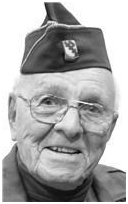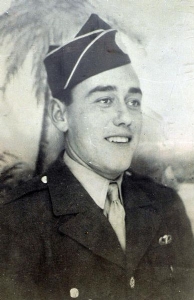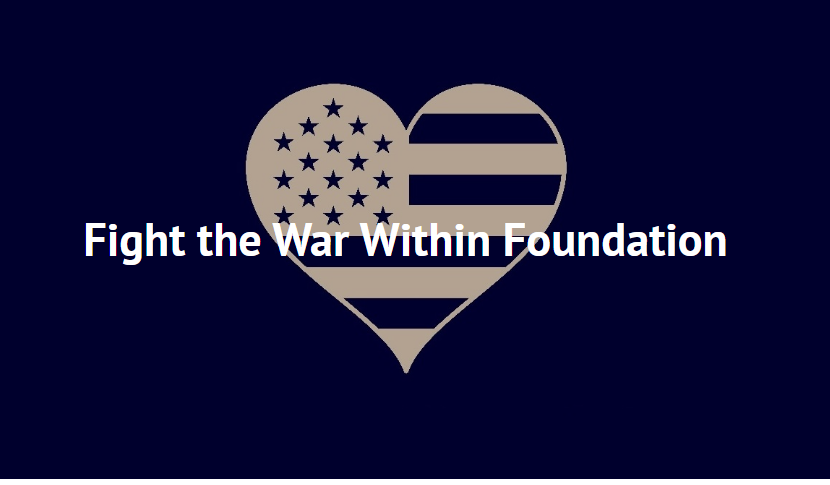The bugle call known as "Taps" dates from the American Civil War. In July 1862, while the Army of the Potomac camped near Harrison's Landing, Virginia, Brigadier General Daniel Butterfield summoned Private Oliver Willcox Norton, his brigade bugler, to his tent. Butterfield, who disliked the colorless "lights out" call then in use, whistled a different tune and asked the bugler to play it for him. After repeated trials, Norton played a 24-note call which suited the general. (According to some interpretations, Butterfield's tune was a variation on an earlier bugle call, the "Scott Tattoo," first published in 1835.) Butterfield then ordered that within his brigade, the new call would replace the regulation Army Taps. The next day, buglers from nearby brigades came to the camp of Butterfield's brigade to ask about the new call. They liked the tune and copied the music. During the Civil War, its popularity spread throughout Union ranks, and even among some Confederate forces.
Shortly after Butterfield composed the tune, Taps was first sounded at a military funeral for a Union cannoneer killed in action. The deceased soldier's commanding officer believed that a bugle call would be less risky than the traditional three-rifle volley, which the enemy could misinterpret as an attack. In 1874, Butterfield's Taps became the U.S. Army's official bugle call. Taps has been used by the U.S. armed forces ever since — at the end of the day, during flag ceremonies and at military funerals. Whenever a service member is buried with military honors anywhere in the United States, the ceremony concludes with the three-rifle volley and the sounding of Taps on a trumpet or bugle. Melancholy yet serene, the call lingers in memory.
The name "Taps" derives from the fact that the lights-out call was traditionally followed by three drum taps.













